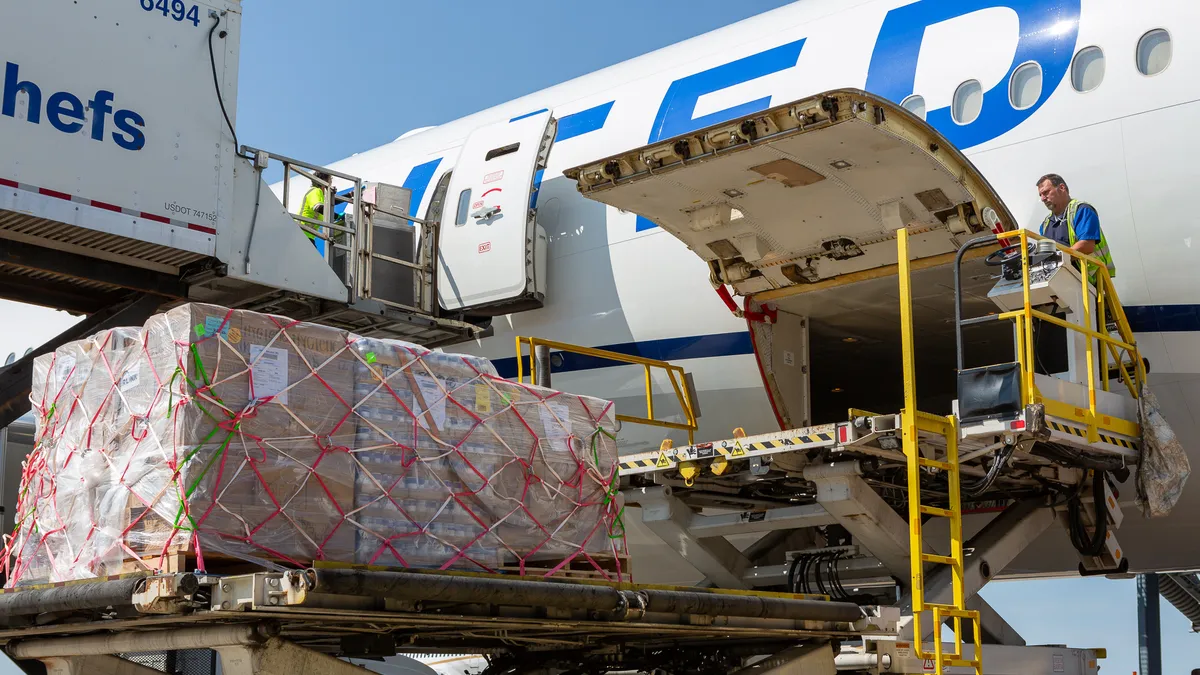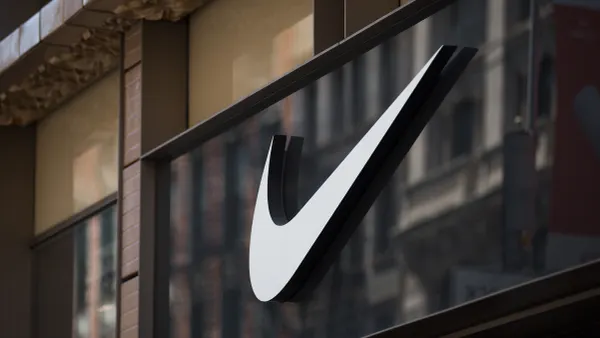Dive Brief:
- In 2020, 17% of chief supply chain officers (CSCOs) are women, 6% more than last year, according to a Gartner survey of 177 supply chain professionals released Tuesday.
- While there are more women in C-suite supply chain roles compared to last year, the number of women in the field overall has remained stagnant since 2019 at 39%, up only 5% from 2016 levels, when the annual survey was first conducted. The survey attributes this to a lack of — and the length of time it takes to build — recruiting pipelines to draw in more diverse talent, and that these efforts could be threatened by an economic recession.
- "The increase in women executive leaders over the past year is a positive sign, however the survey showed that women don’t consistently make it through the pipeline," Dana Stiffler, vice president analyst with the Gartner Supply Chain Practice said in a statement. "Lack of progress is not something the industry can afford at the moment. Supply chain's role in the COVID-19 pandemic and subsequent recovery is crucial, with lives and livelihoods at stake. This is a pivotal time for many women in midlevel and senior management positions."
Dive Insight:
Within the supply chain field, the survey reveals a gap between industries that have made concrete efforts to attract, retain and develop female talent and those that have not. For example, the consumer goods and retail industries saw women in 25% of CSCO roles, whereas for industrial companies that figure was 13%.
The report attributed some of this gap to preferences for STEM degree-holders in industrial fields, which women are statistically less likely to have. However, it said women "are also less likely to be hired for senior supply chain roles in industrial organizations," generally compared to other firms in the field.
"Another notable difference between industrial and consumer/retail supply chain organizations is goal setting. Consumer and retail organizations were more than twice as likely to have formal targets and specific goals in management scorecards for gender diversity," Stiffler added.
According to Gartner's survey, "not a single respondent" listed employee resource groups as the best step toward preparing and elevating women in senior supply chain roles. While these groups have value, respondents cited getting more women into the organization in the first place as the best approach.
"This reinforces what we have found over the years: The right place to focus for diverse senior leadership is the pipeline and the decisions that support it," Stiffler said.
While Gartner's survey did not address it, the gender pay gap also remains an issue according to an Association for Supply Chain Management (ASCM) report released in June. ASCM's survey found younger female professionals (between 30 to 39 years old) earn roughly 93% of the male counterparts' salary. However, as they progress in their careers that gap widens, with women over 50 making 79% of their male peers' pay.
A research note from Gartner's HR practice found that while pay gaps between specific employees and roles are simpler to address, achieving pay equity should not be a one-time process, but a shift in strategy. Addressing pay gaps upfront and on a continual basis is also less costly for large companies while gaps are smaller and less pervasive. Otherwise, it could cost an average company as much as $500,000 a year to fix, according to the article.















